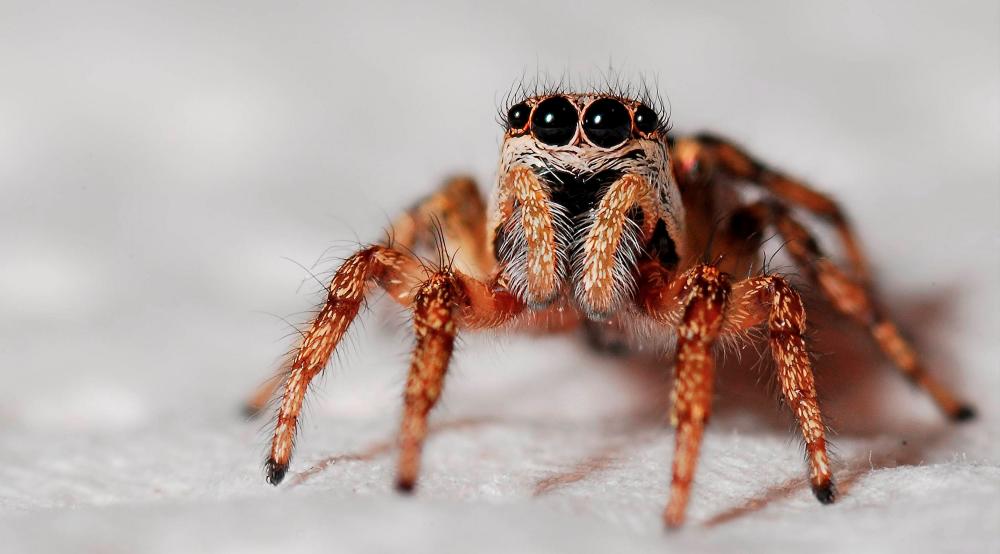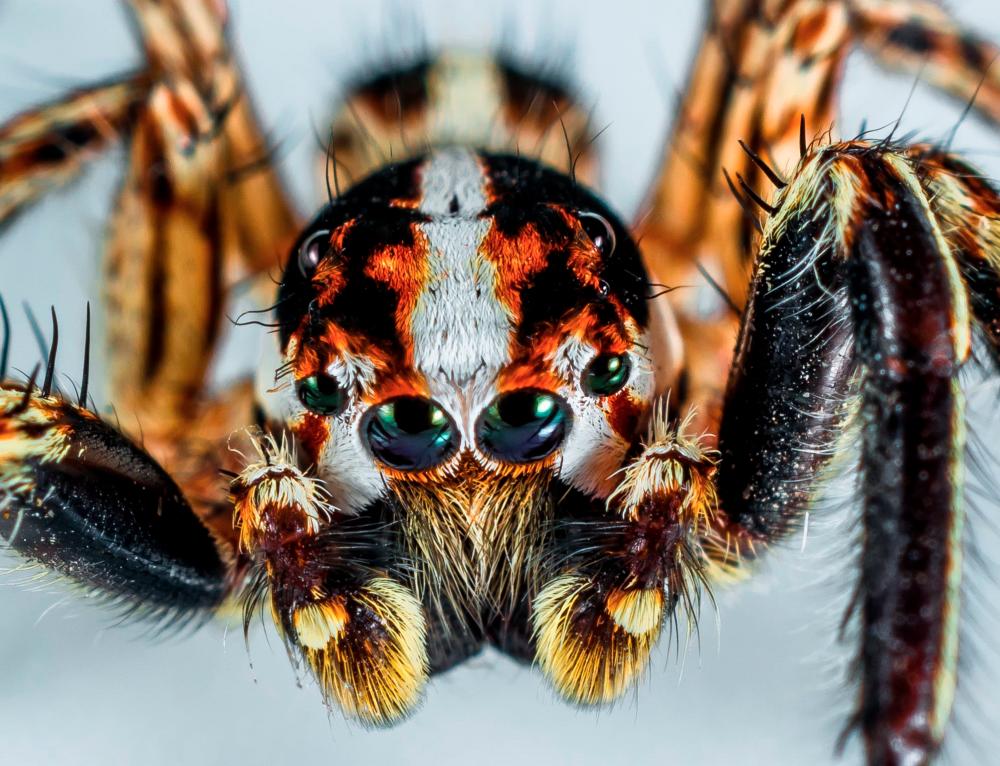IN recent years, the idea of keeping spiders as pets has gained traction among enthusiasts seeking unconventional companions. While spiders might evoke fear in some, they fascinate others with their intricate webs and captivating behaviour.
Before welcoming these arachnids into your home, it is essential to weigh the advantages and disadvantages of keeping them as pets.
Here are the pros:
Low maintenance
Spiders are remarkably low-maintenance pets. Unlike traditional pets such as dogs or cats, they do not require daily walks, grooming or extensive feeding schedules. A well-kept spider enclosure with adequate ventilation, substrate and occasional misting is typically sufficient to keep them healthy.
Space efficiency
For those living in small apartments or homes with limited space, spiders offer an attractive pet option. Their enclosures can range from compact terrariums to larger tanks, depending on the species, making them suitable for various living environments.

Educational opportunities
Keeping spiders as pets can provide valuable educational opportunities, especially for children. Observing their behaviours, moulting processes and web-building activities can spark curiosity and foster an appreciation for the natural world. It offers a hands-on approach to learning about arthropods and their role in ecosystems.
Pest control
Certain spider species, such as jumping spiders and cellar spiders, contribute to natural pest control by feeding on insects like flies, mosquitoes and cockroaches. Introducing these spiders into your home can help reduce the population of unwanted pests without the need for chemical pesticides, promoting a healthier living environment.
Fascinating behaviour
Spiders exhibit a wide range of fascinating behaviours that can captivate pet owners. From intricate web construction to predatory hunting techniques, observing their activities can be both entertaining and educational. Some species, like tarantulas, also display intriguing defensive behaviours when threatened, adding to their allure as pets.

Here are the cons:
Fear factor
For many people, the primary disadvantage of keeping spiders as pets is the fear or discomfort associated with arachnids. Even harmless species can evoke anxiety or phobias in individuals with arachnophobia, making it challenging to enjoy their presence as pets. Overcoming this fear may require gradual exposure and education about spiders’ beneficial traits.
Limited interaction
Unlike traditional pets that thrive on social interaction and companionship, spiders generally have limited capacity for bonding with their owners. They lack the ability to recognise or respond to human gestures, which can make the pet-owner relationship feel one-sided for those seeking companionship. While some enthusiasts may find joy in observing their spiders’ behaviours, others may miss the interactive nature of conventional pets.
Venomous species
While most pet spiders pose little to no threat to humans, some species possess venom that can cause mild to severe reactions in susceptible individuals. Species like the Chilean rose tarantula or the black widow require cautious handling to minimise the risk of bites. Owners must educate themselves about proper handling techniques and be prepared to seek medical attention if bitten.

Short lifespan
The lifespan of pet spiders varies significantly depending on the species, with some living only a few months while others can survive for several years. This relatively short lifespan may be disappointing for owners seeking long-term companionship. Additionally, the death of a pet spider can be emotionally challenging for some individuals, especially if they have formed an attachment to their arachnid companion.
Specialised care requirements
Certain spider species have specific care requirements that may pose challenges for inexperienced or busy pet owners. Factors such as temperature and humidity levels, substrate preferences and dietary needs must be carefully managed to ensure the spider’s well-being. Neglecting these requirements can lead to stress, illness or premature death, highlighting the importance of research and commitment before acquiring a pet spider.
The decision to keep spiders as pets involves considering a range of factors, including personal preferences, lifestyle and willingness to overcome potential challenges.
While spiders offer unique benefits, they also present drawbacks. The decision to welcome a spider into your home as a pet should be made with careful consideration of both the rewards and challenges associated.









